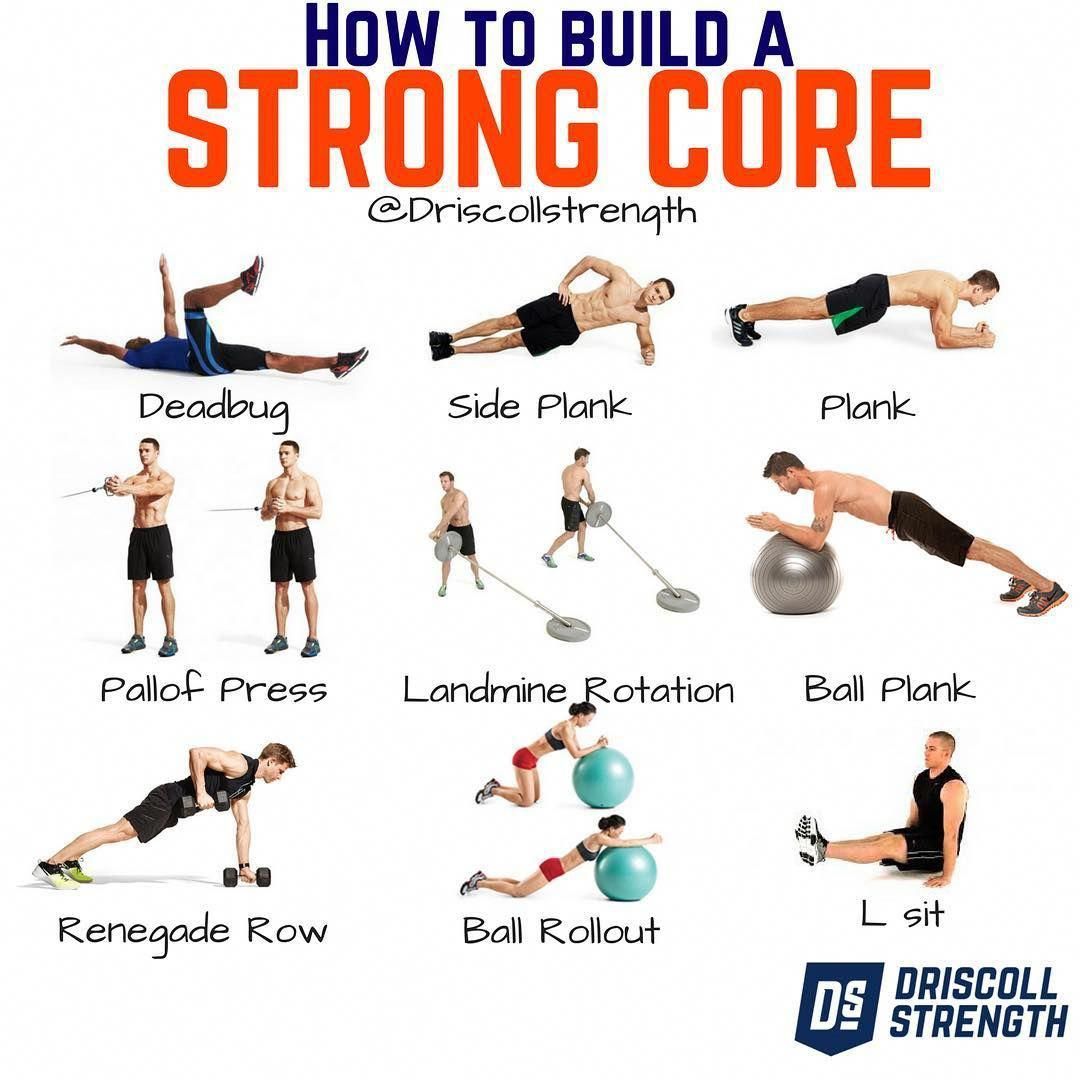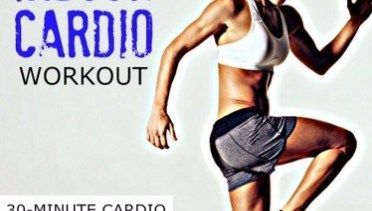
Strong Core, Strong Body: Core Workouts for Strength
admin
- 0
A strong core is essential for overall body strength and stability. It not only enhances physical performance but also contributes to good posture and reduces the risk of injuries. The core muscles, including the deep muscles of the abdomen, back, and pelvis, work together to provide support and maintain proper alignment of the spine and pelvis. Therefore, incorporating core workouts into your fitness routine is crucial for achieving a well-rounded and functional body.
Plank Variations
Planks are one of the most effective exercises for developing core strength. They engage multiple muscle groups, including the abdominals, glutes, and stabilizers. Here are three variations of planks that you can try:
1. Standard Plank
To perform a standard plank:
Start in a push-up position with your hands directly under your shoulders.
Engage your core by pulling your belly button towards your spine.
Keep your body in a straight line from head to toe.
Hold the position for 30 seconds to 1 minute, or as long as you can maintain proper form.
2. Side Plank
To perform a side plank:
Lie on your side with your legs extended and stacked on top of each other.
Place your forearm on the ground, perpendicular to your body, with your elbow positioned directly under your shoulder.
Lift your hips off the ground, maintaining a straight line from your head to your feet.
Hold the position for 30 seconds to 1 minute on each side.
3. Plank with Leg Lift
To perform a plank with leg lift:
Start in a standard plank position.
Engage your core and lift one leg off the ground, keeping it straight.
Hold for a few seconds before lowering it back down.
Alternate between legs for a set number of repetitions or time.
Mountain Climbers
Mountain climbers are a dynamic exercise that targets the core while also engaging the upper body and cardiovascular system. Here’s how to perform mountain climbers:
Assume a high plank position with your hands directly under your shoulders.
Engage your core and maintain a straight line from head to toe.
Bring one knee towards your chest, then quickly switch legs, as if you are running in place.
Continue alternating legs at a controlled and rhythmic pace for a set number of repetitions or time.
Deadbug Exercise
The deadbug exercise targets the deep core muscles, promoting stability and coordination. Here’s how to perform the deadbug exercise:
Lie on your back with your arms extended towards the ceiling.
Bend your hips and knees to a 90-degree angle.
Engage your core and flatten your lower back against the floor.
Slowly extend your right arm overhead while simultaneously straightening your left leg towards the floor.
Return to the starting position and repeat on the opposite side.
Continue alternating sides for a set number of repetitions.
Conclusion
A strong core is fundamental to overall strength and stability. By incorporating core workouts into your fitness routine, such as plank variations, mountain climbers, and the deadbug exercise, you can improve your core strength, enhance physical performance, maintain good posture, and reduce the risk of injuries. Remember to start with proper form and gradually increase the difficulty to challenge your core muscles effectively. Strong core, strong body!

